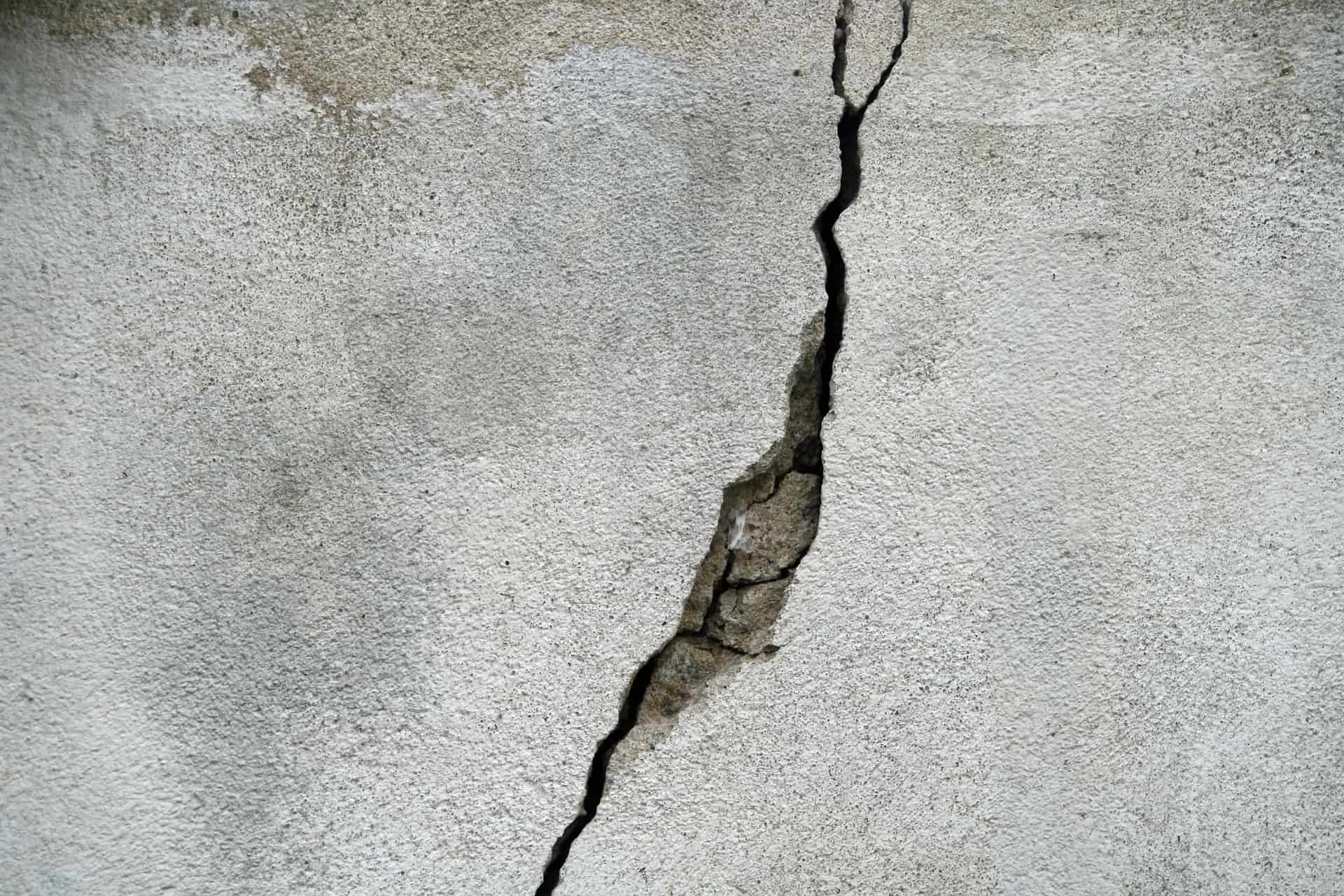The older your home gets, the more problems crop up. Not only do your home’s more expensive systems, like the roof and HVAC, near the end of their lives, but other little and big problems start to appear around the house. Replacing everything would be a huge hit to your budget, but how do you decide when replacement is necessary and when you can get by with a quick fix?
Drafty Windows
Drafty windows can drive your old home’s utility bills sky-high, but thankfully there’s an inexpensive fix. Sealing gaps in window frames with caulk, replacing weatherstripping, and hanging thermal curtains stop heat loss at a fraction of the price of installing double-pane windows.
If you’re really serious about improving your home’s energy efficiency, storm windows offer insulation comparable to double-pane windows and let you keep your home’s traditional wooden windows.
Flickering Lights
Do your lights keep flickering and changing the bulb doesn’t make a difference? It could be a sign that your home’s wiring is failing.
In the best case, you’re just overloading your older home’s electrical system, which was built to handle lower loads than modern homes. If that’s the case, you don’t need to rush out and hire an electrician, but you might have to do some math and make changes like not running the microwave and the vacuum cleaner at the same time.
Worst-case scenario, your home’s wiring and electrical connections are deteriorating due to age and the wiring throughout your entire home requires replacement. This is an expensive job but is absolutely necessary to prevent a house fire. Beware that if your electrical wiring insulation contains asbestos, which is common in older homes, the total cost will be higher.
Sticky Windows
Windows that stick and doors that don’t latch signal foundation issues, and replacing the offending doors and windows won’t solve the problem. Unfortunately, that means you’ll need to hire a foundation repair company to assess the extent of your foundation damage and fix it before it gets worse. This could cost you as little as $1,000 if the problems are minor, but major foundation repairs can run $10,000 or more. If you ignore the problem, the hit to your home’s value will be greater than the cost of repairs, so this is one you can’t afford to skip.
Foundation repairs are not a job you should hire out to the lowest bidder. Look for a company that uses a structural engineer to evaluate the foundation and offers a warranty on repairs. Referrals from friends and neighbors are a good place to start, but you should also do your own research to evaluate a contractor’s credentials.
Pest Problems
Pest problems and older homes seem to go hand-in-hand. Older homes tend to have more cracks and holes that allow pests to sneak in. In some cases, a longstanding pest problem doesn’t become noticeable until the home has extensive damage.
If you have a minor mouse problem, deal with it by sealing cracks and holes in your home’s exterior and using traps to eliminate the rodent population inside. For insect issues that call for pesticides, hire a pest control company instead of handling toxic chemicals yourself. Pest control services are affordable (typically costing $54 – $120 in Saint George), but beware: If it’s termites you’re dealing with, there could be structural damage to repair.
You can live with the floral wallpaper and avocado green kitchen appliances, even if you’re not in love with them. But some old house problems can’t be ignored. If you notice one of these issues in your older home, take it seriously. Repairs take a bite out of your budget, but they protect the long-term value of your home.
Author: Ray Flynn
